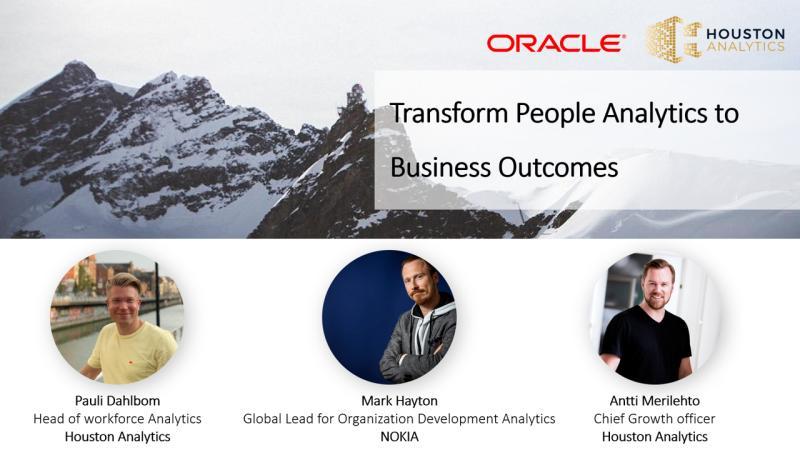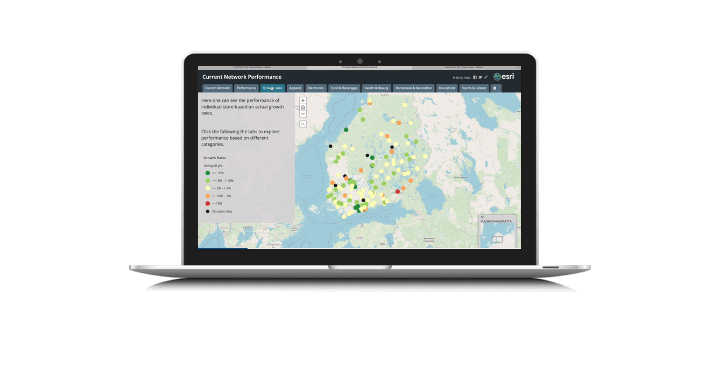Houston Analytics recently hosted a webinar around getting people analytics right, where our Head of Workforce Analytics Pauli Dahlbom and Nokia’s Global Lead for Organization Development Analytics, Mark Hayton, shared some of their learnings from in this field for the past 10 years.

The webinar attracted nearly 200 registrations from people around the world and inspired the audience to ask several questions after the presentations.
Here’s the brief recap and summary of that part.

Q: How do you start interrogating the data? Do you think that we should start by creating the hypothesis or should we start by analyzing the data and get insights/opportunities?
A: First, the approach may depend on how much time and resources you have available. But especially when you’re starting out, you’ll need to make sure you’re being relevant to a significant problem that is worth solving and that can have an impact.
If you have a stakeholder who you know has a problem and that you believe you can solve / shed an insight on, you can win a lot of credibility by proactively working on this problem. So, in these cases, we do recommend following your gut and go for it! But in these cases, be aware and cautions when presenting your insights, because executives don’t tend to like about surprises or challenged about how they think the world runs when it doesn’t run like that. So be careful when articulating and presenting your findings.
So in summary, both approaches are fine, but the other can be way riskier when communicating the findings to the stakeholders.
Q: What do you consider the base way to collect employees’ feedback effectively?
A: The traditional way has been conducting a census survey with some 50-60 question asked once a year. However, most businesses operate too fast that this phase would be enough. That’s why it’s often preferred to collect smaller pieces of data more regularly with focused pulse surveys for example at different stages of the career – such as assessing the effectiveness of onboarding process, job changes, promotions are some relevant touch points to collect information.
These should be tied to your business processes cycles – how you meet new customers, how often you release new products or adjust to seasonality or business cycles? Your business is interested in keeping a certain service level or product quality ratings and these are the metrics that you want to keep your eye on. At Nokia, we start from the outside in view – so if our customers are giving us poor feedback on our products, the question for us is that are we able to observe the same things from inside our organization? Are our people happy with what they’ve been working on, are they satisfied with what they’ve just released? It’s very unusual to find product developers or engineers being happy with a new release and then later find out that the customer is dissatisfied. If you find this type of disconnection, then you have a big problem and it can be a real killer for your business.
When working with different survey vendors, you must make sure the survey is conducted and structured in a way that allows you to synchronize the individual data points at a detailed level. It’s not uncommon to find out that the necessary identifiers or keys that allow you to link survey data with other data sets from finance or customer service or product development are missing, which means that you’ll not be able to investigate the data at the level necessary to analyze these hypothesis of interest. Sometimes when working with individual level survey data, you need to work with an external analytics partner who can synchronize the data sets together without compromising on confidentiality of the survey respondents.
Q: Do you believe whether it is possible to create so called standardized configurable analytics tool/platform for HR purposes or does it require industry specific metrics and input from operational systems as well?
A: This is always a trade-off, the more general you go, the more standardized you go, the more stable environment you need. Nokia has been on a rough journey; we’ve gone through multiple changes and we don’t want to tie ourselves to a specific tool or vendor.
We understand that the environment where we operate is dynamic, which means that the data we need to capture will change and the frameworks we are developing will also need to evolve. This puts a lot of requirements for the tools we use, but for other more stable businesses a more standardized approach is likely going to be a more feasible option.
Q: It’s often assumed that every company should do (predictive) analytics. Perhaps some companies would do just fine with doing *only* operational reporting. What’s your take on this?
A: This is a fair argument. Predictive analytics requires a very robust data set, because otherwise your predictions aren’t going to be reliable. So yes, not everyone needs them or can have access to them.
On the other side, we can all benefit from knowing for example what LinkedIn does. It’s not science fiction, but if they have the ability to predict whether or not your employees are about to leave, particularly those who you’d rather keep on your payroll, you should have that same ability as well. Their analytics environment and ability continue to evolve, and we argue that other companies should strive to keep up with that development.
Q: To what extent HR Analytics empowers HR professionals to become a more strategic contributor in the organization?
A: At the executive level, I’d say 19 times out of 20 the decisions go with the data. Your finance department, sales and procurement teams are coming to the meetings with data armed to the teeth. With HR, often this is not the case, they are not just used to data driven decision making. But if HR strengthen their ability with numbers and analytics to make their case, they will be taken more seriously by the leadership team together with their colleagues from other departments. We live in a world where you need to validate your assumptions.
Q: How to start if reporting is expected but the new situation is also needed as reporting team do not manage to provide manual insights anymore. How to overcome the situation that "provide me everything you have?"
A: Data democracy or sharing your data openly to everyone would have been our 6th mistake. This is because us humans, we need frameworks to understand the information we are given. If you just dump data to people, they will either look at the thing they’re interested in or expecting or give up immediately because it doesn’t make any sense to them.
So, when facing a situation when someone is asking to show what you’ve got, this should likely be answered with a question back to the end user and then show the analysis and summary of findings for a specific question. Sure, you can open the raw data to make sure everything is made correctly, but you’ll want to be working together to ensure learning about the question at hand happens both ways.
Q: One thing I did not see is regarding the Analytical Capabilities for HR Analytics - While I understand we would be working with Data Scientists to work on analytical problems, but it is important to build analytical capabilities of HR professionals. Any plans for how we can build it as HR leader?
A: So while it’s clear that not everyone needs to be a proficient data scientist or even an analyst, in order to being able to frame your problems better or being able to more innovatively think about how analytical methods could potentially help you answer a particular question or problem at hand, it is helpful to have a basic understanding of statistics or some prerequisites of predictive analytics. Sometimes the data scientists and domain experts have difficulty in understanding each other because their backgrounds are so far away, which is why some companies have people working as analytics translators who can bridge this cap.
There are lots of courses out there where people can get introduced to the basic concepts of data science for instance. Some companies have put out structured learning paths with varying learning criteria and expertise levels required based on each individuals’ role at the organization. Typically these involve hands on working in a analytics project, where people will learn by being actively involved in a real project.
Watch the entire webinar recording




